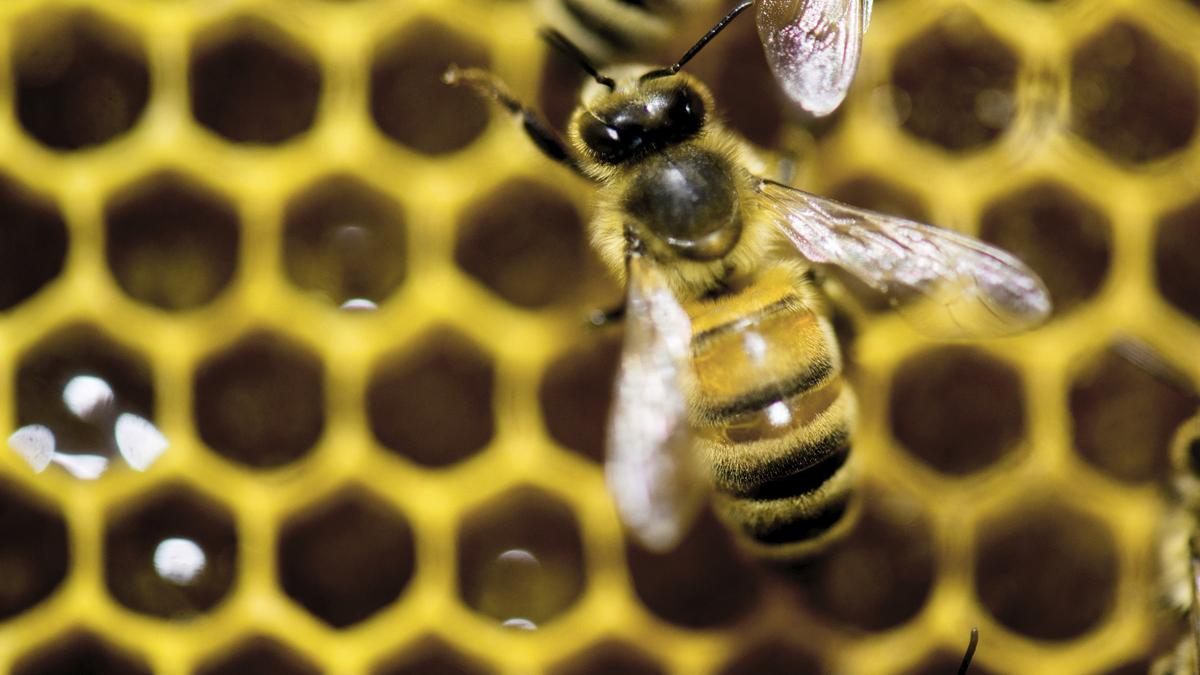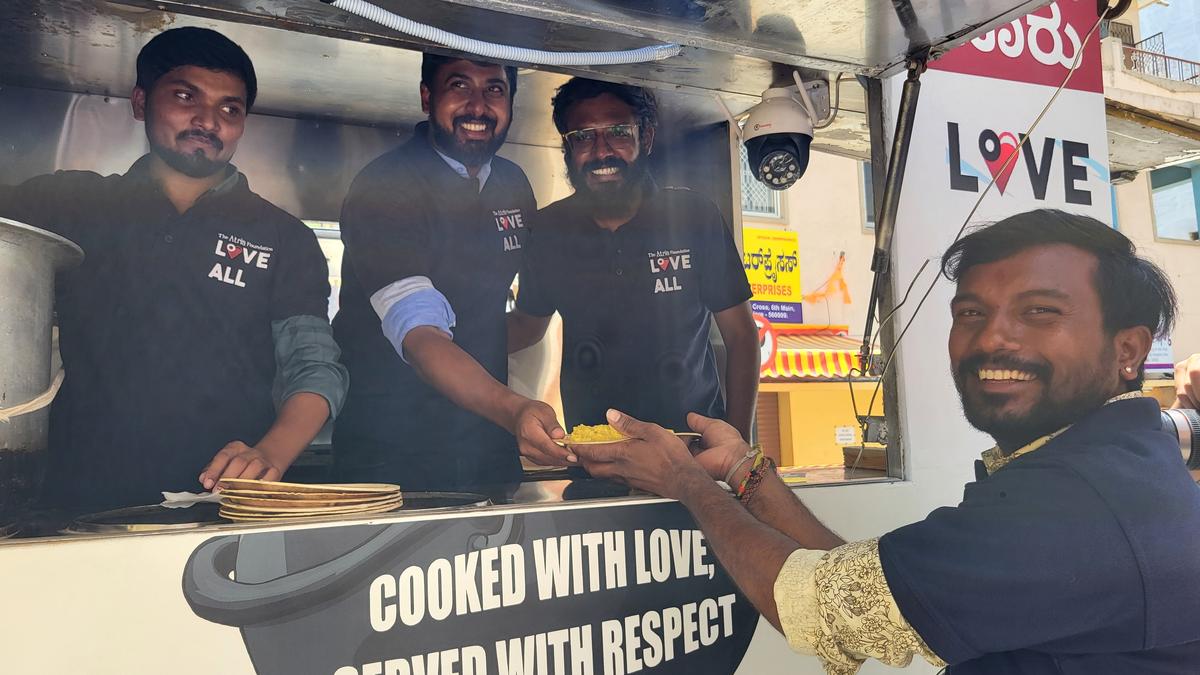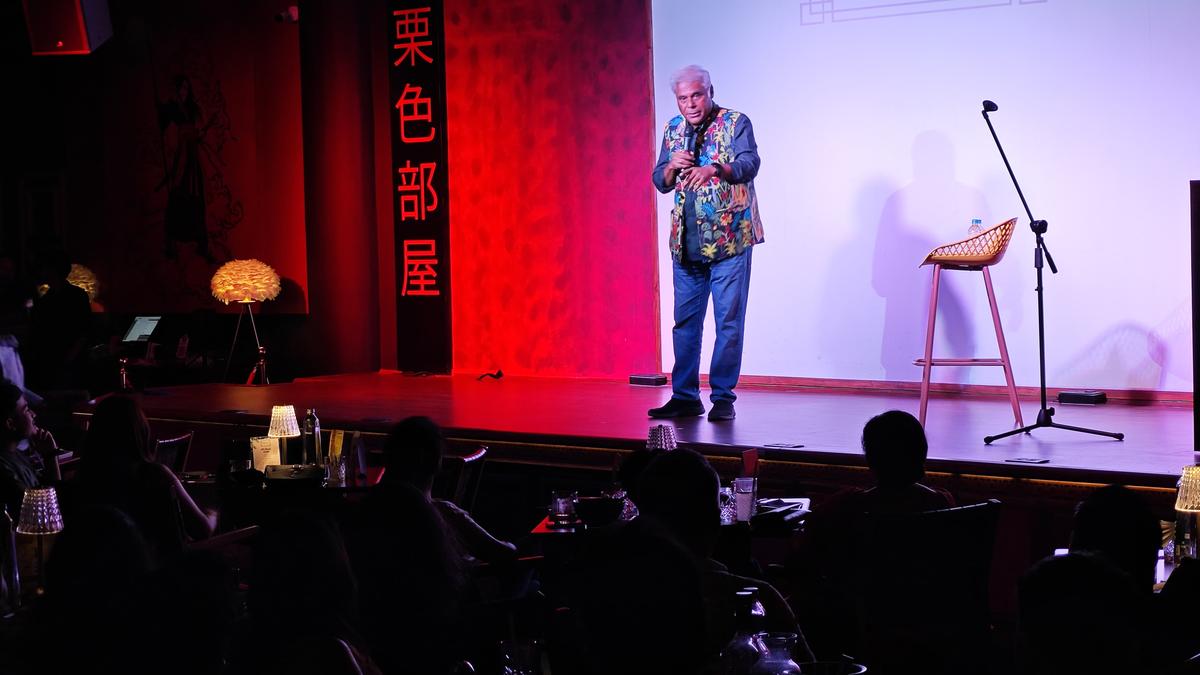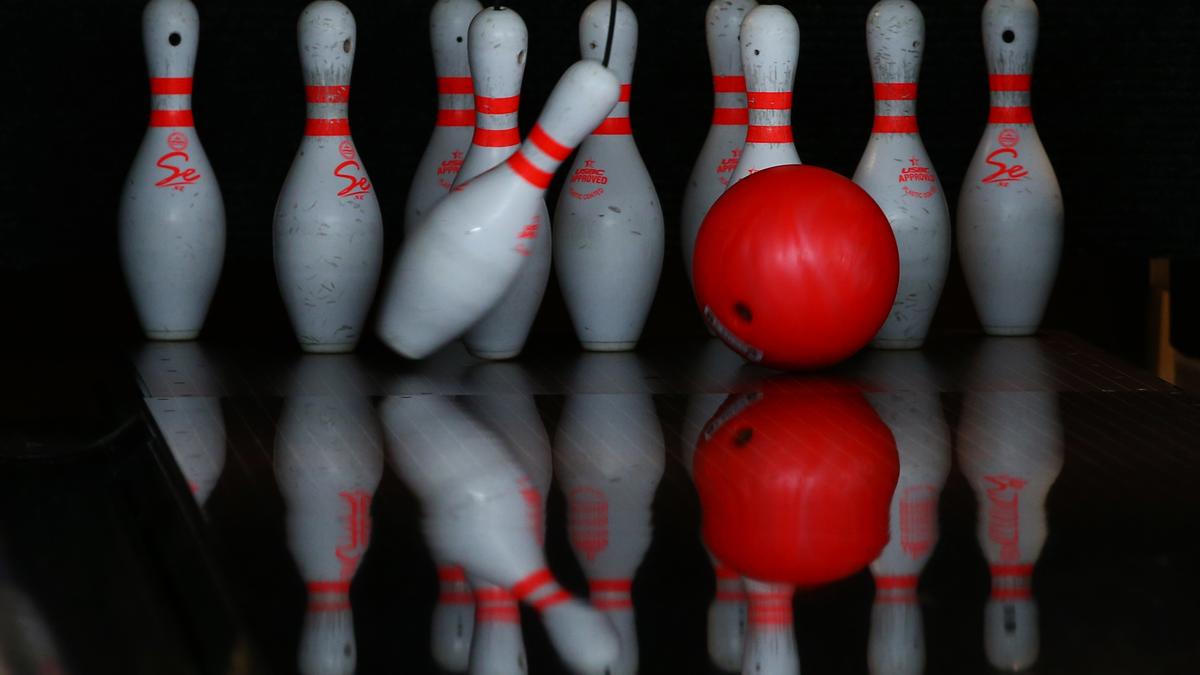
On a humid May evening on bustling Church Street in Central Bengaluru, three men and women geared up next to the immaculately laid tenpin bowling alleys at Amoeba to play the finals of the Karnataka State Ranking Tenpin Bowling League.
That day, R Kishan went on to win the men’s title while Hitasha Sisodiya took home her maiden trophy. But apart from those onlookers at the venue, a few friends and family, and a handful of discerning newspaper readers, not many knew that such a tournament was being held and that there were medals and prizes in the offing.
Not many know that bowling, long considered a recreational activity is also a sport in its own right. This holds true not only in India, but also internationally. “It is a competitive sport and not a lot of people are aware that there are 12 gold medals on offer at the Asian Games for bowling,” says Akaash Ashok Kumar, a former national champion.
It is this apathy that the Tenpin Bowling Federation of India has been trying to break through. The initial efforts began in 2009 when 15 men’s and six women’s bowlers from across India were selected and put under a foreign coach. Even though India had competed in international tournaments before, the available skill, ability and knowledge were inadequate to compete with participants from other countries.
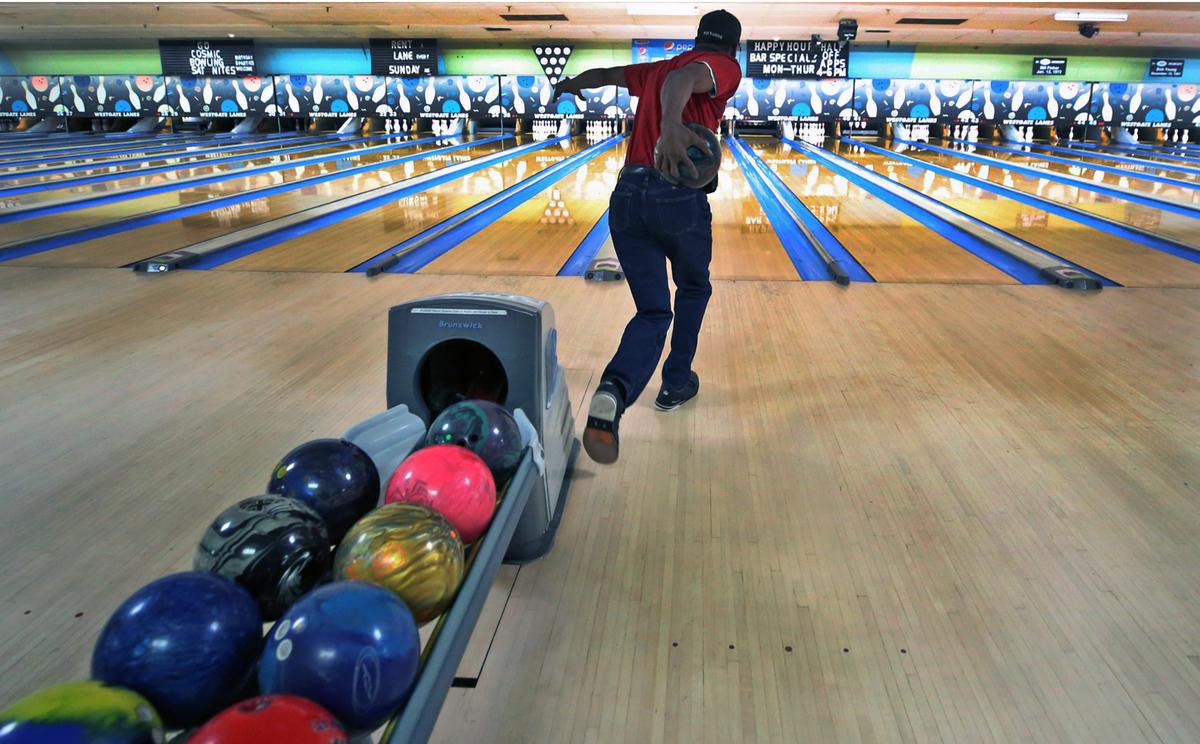
At the state-level, the Karnataka State Tenpin Bowling Association (KSTBA) devised its own plans and has been moderately successful in developing players such as Akaash, a bronze medallist at the Commonwealth Tenpin Bowling Championships in 2011 and 2016, as well as R Kishan, the current National champion, among others.
However, for the game to spread, the pool at the base has to be widened and it is here that the socio-economic aspects of the sport plays a major role. Even for recreational purposes, a large number of bowling arenas for the general public are not monetarily feasible to maintain.
Unlike sports such as cricket, football, basketball and others, where the government has provided the public access to playgrounds, bowling suffers because it is an expensive sport. For a professional bowler, it is important to have proper equipment, such as balls which are customised to each individual’s bowling technique. The price for a reactive ball ranges from ₹8,000 to ₹23,000.
It is also a highly technical sport. There is straight bowling, spin bowling, hook bowling and the latest two-handed bowling. The game also consists of diverse oiling patterns on the playing lanes. Oil helps to control the ball and strike the pins consistently.
A player’s efficiency can change from pattern to pattern or from lane to lane. One might perform really well in the lane they start from but could fall short of pins on a different lane. This usually happens due to the friction and taxing of the balls.
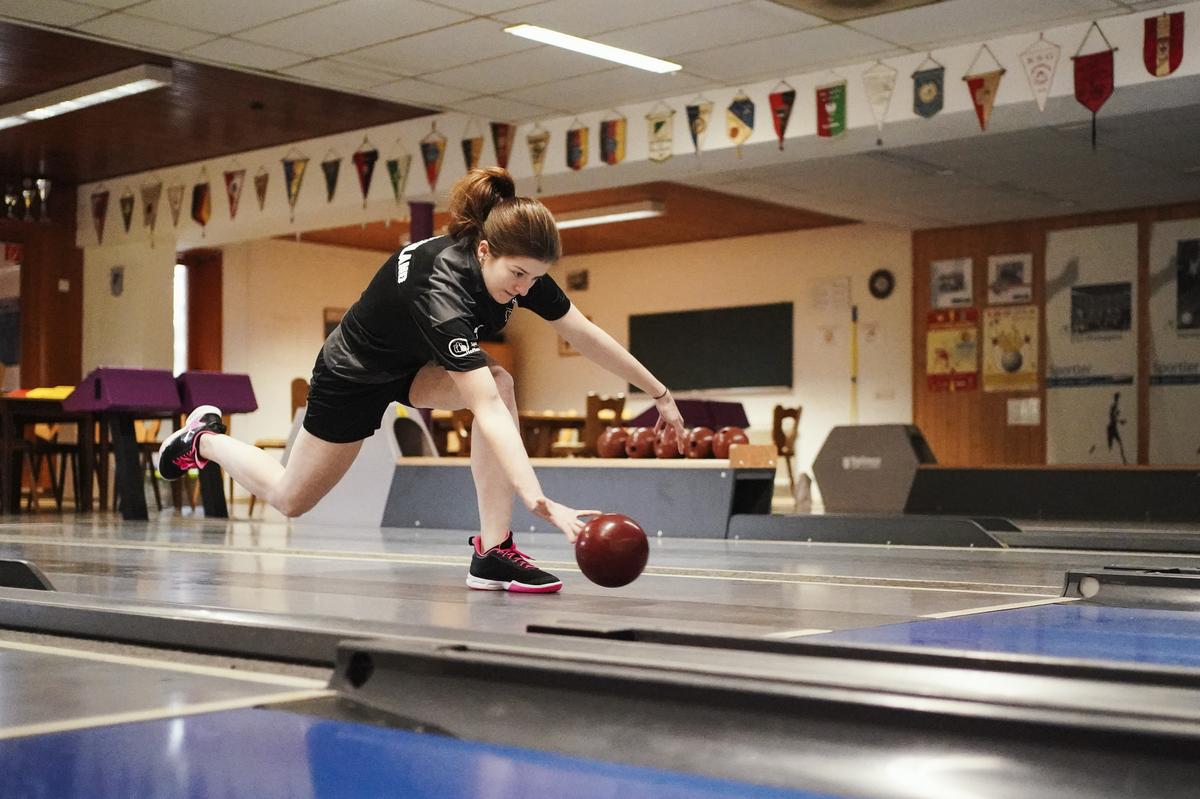
To master such a resource-intensive sport, there is need for tremendous amounts of practice as well as a commitment from the athletes to remain dedicated for a long duration. For all this to fall into place, firm backing from authorities is required.
However, the KSTBA does help by sponsoring individuals who have a bright future. The association has come in for praise for taking initiatives to send players overseas for professional training. Yet, more needs to be done to ensure that the likes of Kishan and Hitasha are more widely known.
Source | Powered by Yes Mom Hosting


